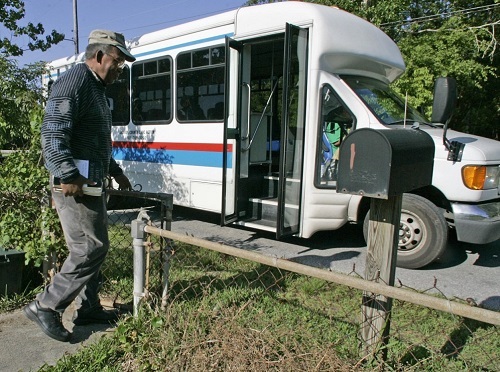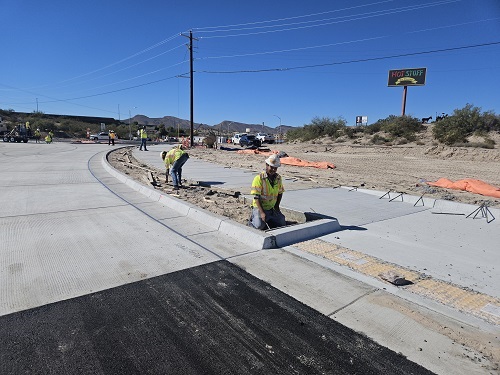The Hawaii Department of Transportation recently released its first ever statewide Energy Security and Waste Reduction Plan; a document that agency calls a “bold roadmap” for reducing transportation emissions and expanding affordable transportation options for all residents.
[Above photo by Hawaii DOT]
The Hawaii DOT said this new plan provides strategies for the transportation sector to achieve the state climate targets set in law – a 50 percent emissions reduction from 2005 levels by 2030, net negative transportation emissions by 2045 – meaning Hawaii should capture more emissions than it produces – and, ultimately, zero transportation emissions.
“[This] plan is a call to action,” said Ed Sniffen, Hawaii DOT director, in a statement. “Together, we can create a transportation system that is cleaner and safer while fulfilling its purpose to connect our communities. The strategies outlined in this plan will help us build out the system for future generations.”
The pillars of the plan are energy security and affordability for the island chain’s residents as well as emissions reduction. A sampling of strategies in the plan includes incentives for electric vehicles and cleaner fuels; the build out within five years of significant pedestrian, bicycle, and transit projects to foster more active transportation options; and immediate investment in carbon sequestration efforts such as native reforestation.
The plan also fulfills a commitment made by the Hawaii DOT under the youth-led Navahine Settlement Agreement reached in June 2024.
“Transportation impacts everyone in Hawaiʻi and we therefore encourage feedback and ask for partnership from industry, fellow agencies and the public, including Hawaiʻi’s youth,” Sniffen noted. “Collective action across all sectors, public and private, will increase transportation choice, decrease costs for users of the system, and enable us to achieve these ambitious targets.”
In mid- to late-July, Hawaii DOT expects to host a series of public presentations via videoconference to provide an opportunity for the public to learn more about the plan, ask questions, and provide feedback. The agency added that it expects to update its new energy plan annually to reflect new data, technological developments, and feedback from communities across the island chain.




